|
Most of us don't know that this year’s time bomb in our retirement plans is hidden on the "safe" side. Why? Mainly due to: Interest Rates to Double in Two Years Bond Values Sink When Interest Rates Soar Hiding in the Shadows Sneaky Names Invested Like Babies And here’s the score on each red flag… Bonds 101: Why the “Safe” Side of Your Nest Egg is in Trouble. Interest Rates to Double in Two Years Interest rates are set to hit 3.4% by 2020. That’s more than double where they started 2018. So, why is that a problem? Because… Bond Values Sink When Interest Rates Soar If you have a 4% 30-year Ford Motor Company bond, and Ford borrows more money at a higher interest rate, then everyone will want the higher interest rate and no one will want your bond. If you have to sell it (for whatever reason), then you’ll have to sell it at a discount to find a buyer. In the worst-case scenario, you won’t be able to sell it, and your bond becomes illiquid, forcing you to hold it for 30 years. You’ll have to just pray that the company will take the bond to term without restructuring debt. Since over ½ of investment grade corporations are BBB (the lowest rung of investment grade before junk bond status), most bond funds are riskier than investors are aware. So, there is both credit risk and interest rate risk preying on the “fixed income” side of your nest egg – which is supposed to be the safe side. The safe side is not supposed to lose money, so you need a better design than bonds to ensure that you keep your dough in 2018 and beyond. For these reasons (and more), keep the duration of your bond terms short and the credit quality high. Do not assume that “investment grade” means safe. Know the composition of your bond fund and know the debt load, profit margins, sales growth and pension funding status of any corporation that you hold bonds on. Hiding in the Shadows Many plans lump bonds on the “fixed income” side, without giving you a lot of details. I’ve been conducting a 2nd opinion on several nest eggs. Across the board, without one exception, I’m finding that almost everyone who thinks that they are safe are actually invested in very risky fixed income strategies, including junk bonds and high-risk mortgage securities – that are already losing money! As interest rates rise (and they are), the risk of capital loss increases. Most of the time it is very tricky getting the details on what you are actually invested in, which is why the second opinion can be so valuable. Sneaky Names A fund might simply call itself Bond Fund A. After clicking around on a wild goose chase, you might finally discover that the bond fund is actually invested in junk bonds – without giving any indication of that in the bond fund name. Another fund was called a Short-Term Income Fund. It was actually high-risk mortgage backed securities, which were already losing principal value. As interest rates rise raising the cost of borrowing, corporations with a lot of debt become more vulnerable than credit-worthy companies (although all bonds lose capital value when interest rates rise). Invested Like Babies Most people are invested like they are half their age. Some are invested like teens or children. You should always keep a percentage equal to your age safe. Overweight 5-20% additional safe in the 10th year of the bull market to protect yourself from the next downturn. That simple strategy earned gains in the last two recessions. That and adding in hot industries, along with annual rebalancing, outperformed the bull markets in between. In a world where stocks and bonds are in a bubble, according to Alan Greenspan, FDIC-insured cash is only the first step of getting safe. There are some excellent choices for preserving your principle that are not found at brokerages and are not paper money. Getting safe is so important, and so tricky in today’s world, that I spend one full day on this at my investor educational retreats. In other words now is the time to understand clearly what you own, and to know what a healthy retirement plan looks like. This is actually easy-as-a-pie-chart, which is why I call it the ABCs of Money that we all should have received in high school. Start with a second opinion. Call our office at 310-430-2397 or email info @ NataliePace.com now to get started. Last week I interviewed the chief fixed income strategist for Schwab, Kathy A. Jones. We discussed the many problems with bonds, rising interest rates, “fixed income” and the “safe” side of the average retirement plan. Check out that blog here. Other Blogs of Interest Interest Rates Set to Jump 70%. Watch out investors and homeowners! Should I Invest in Ford and General Electric? The Tesla 3 Becomes the Top Selling Car in the U.S. Cryptocurrency Scams and Phishers. Back to School Stock Sales. Gold vs. Facebook. Nike Share Price and the Kaepernick Ad. Important Disclaimers
Please note: Natalie Pace does not act or operate like a broker. She reports on financial news, and is one of the most trusted sources of financial literacy, education and forensic analysis in the world. Natalie Pace educates and informs individual investors to give investors a competitive edge in their personal decision-making. Any publicly traded companies or funds mentioned by Natalie Pace are not intended to be buy or sell recommendations. ALWAYS do your research and consult an experienced, reputable financial professional before buying or selling any security, and consider your long-term goals and strategies. Investors should NOT be all in on any asset class or individual stocks. Your retirement plan should reflect a diversified strategy, which has been designed with the assistance of a financial professional who is familiar with your goals, risk tolerance, tax needs and more. The "trading" portion of your portfolio should be a very small part of your investment strategy, and the amount of money you invest into individual companies should never be greater than your experience, wisdom, knowledge and patience. Information has been obtained from sources believed to be reliable however NataliePace.com does not warrant its completeness or accuracy. Opinions constitute our judgment as of the date of this publication and are subject to change without notice. This material is not intended as an offer or solicitation for the purchase or sale of any financial instrument. Securities, financial instruments or strategies mentioned herein may not be suitable for all investors. 22/10/2019 02:24:30 am
Investing from stocks and bonds is quite risky, if you know how to control, especially grasp the up and down information of the market. Currently, the financial stock market is quite unstable. It is best to protect your own finances for safet Comments are closed.
|
AuthorNatalie Pace is the co-creator of the Earth Gratitude Project and the author of The Power of 8 Billion: It's Up to Us, The ABCs of Money, The ABCs of Money for College, The Gratitude Game and Put Your Money Where Your Heart Is. She is a repeat guest & speaker on national news shows and stages. She has been ranked the No. 1 stock picker, above over 830 A-list pundits, by an independent tracking agency, and has been saving homes and nest eggs since 1999. Archives
July 2024
Categories |

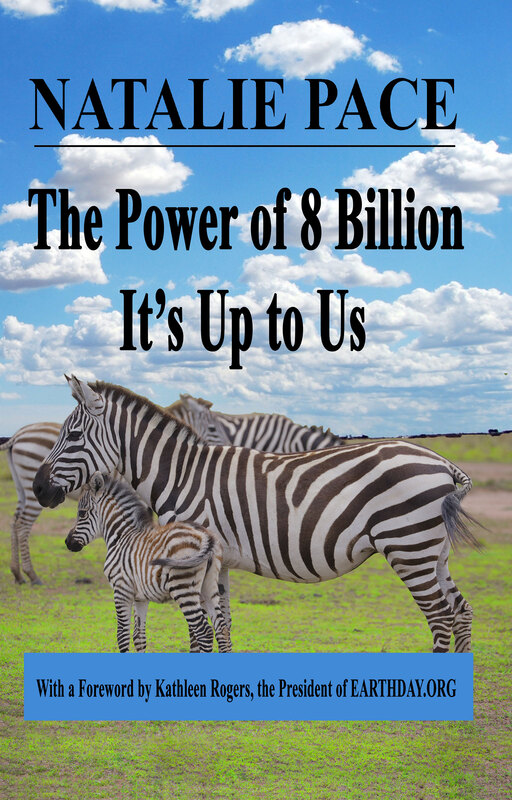
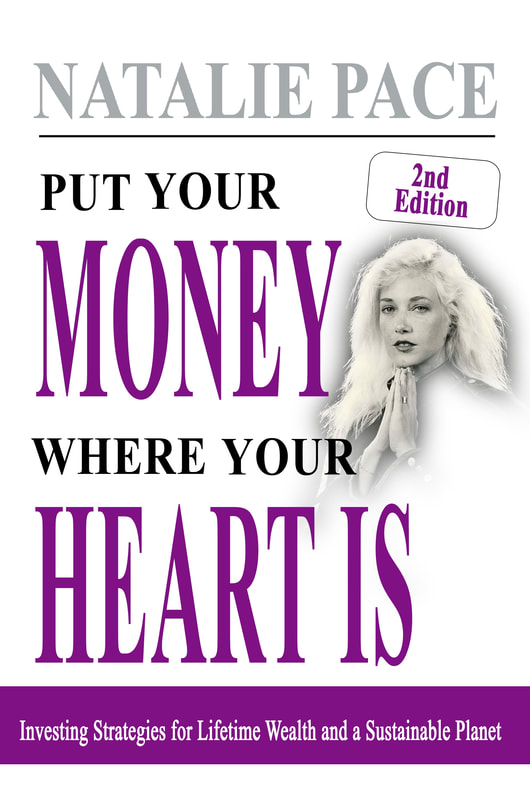
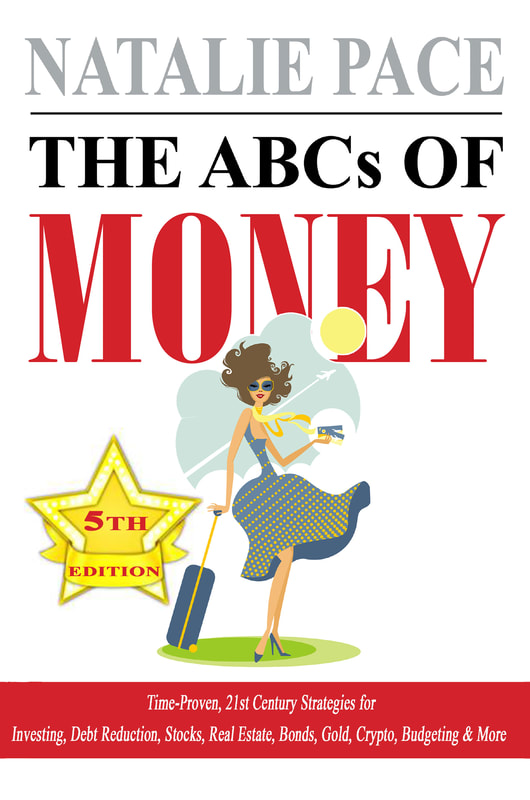
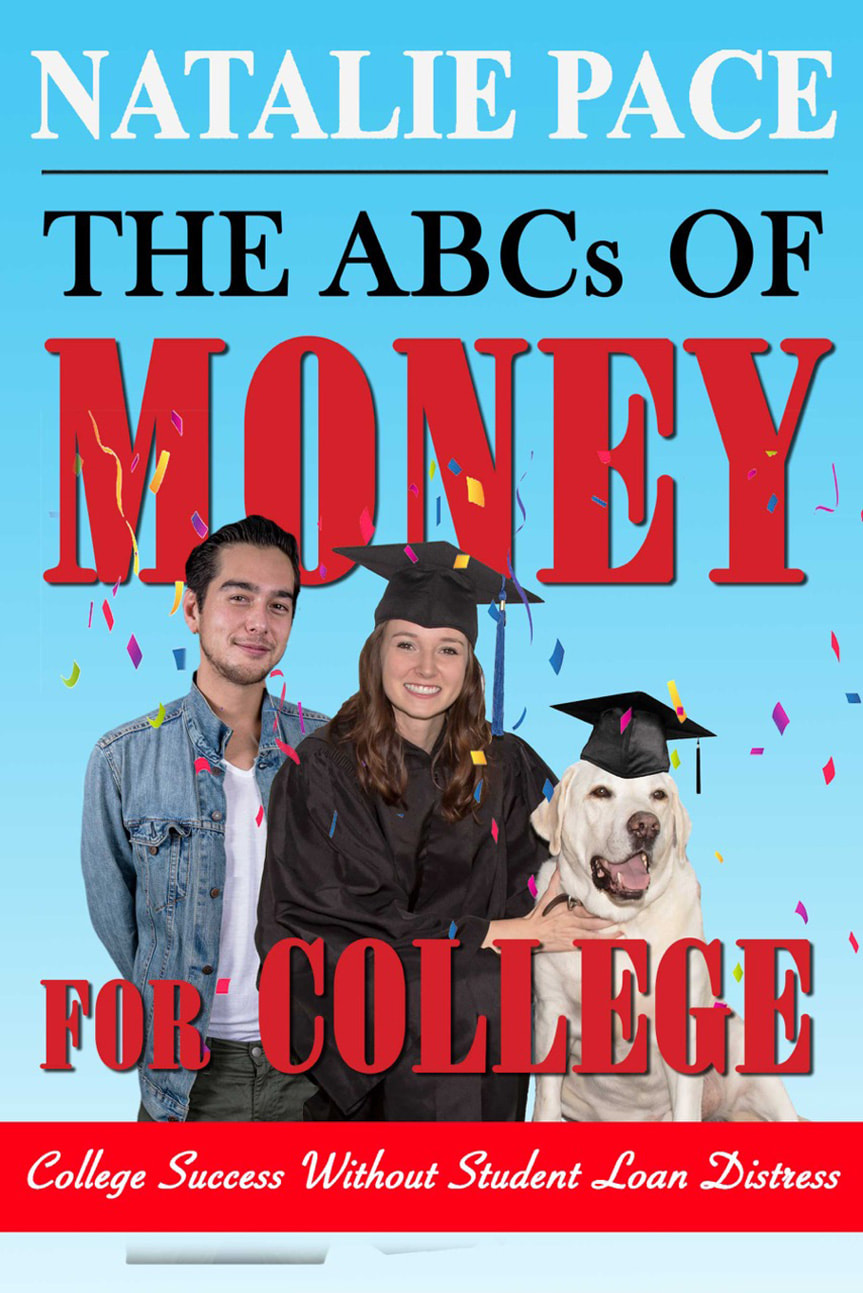
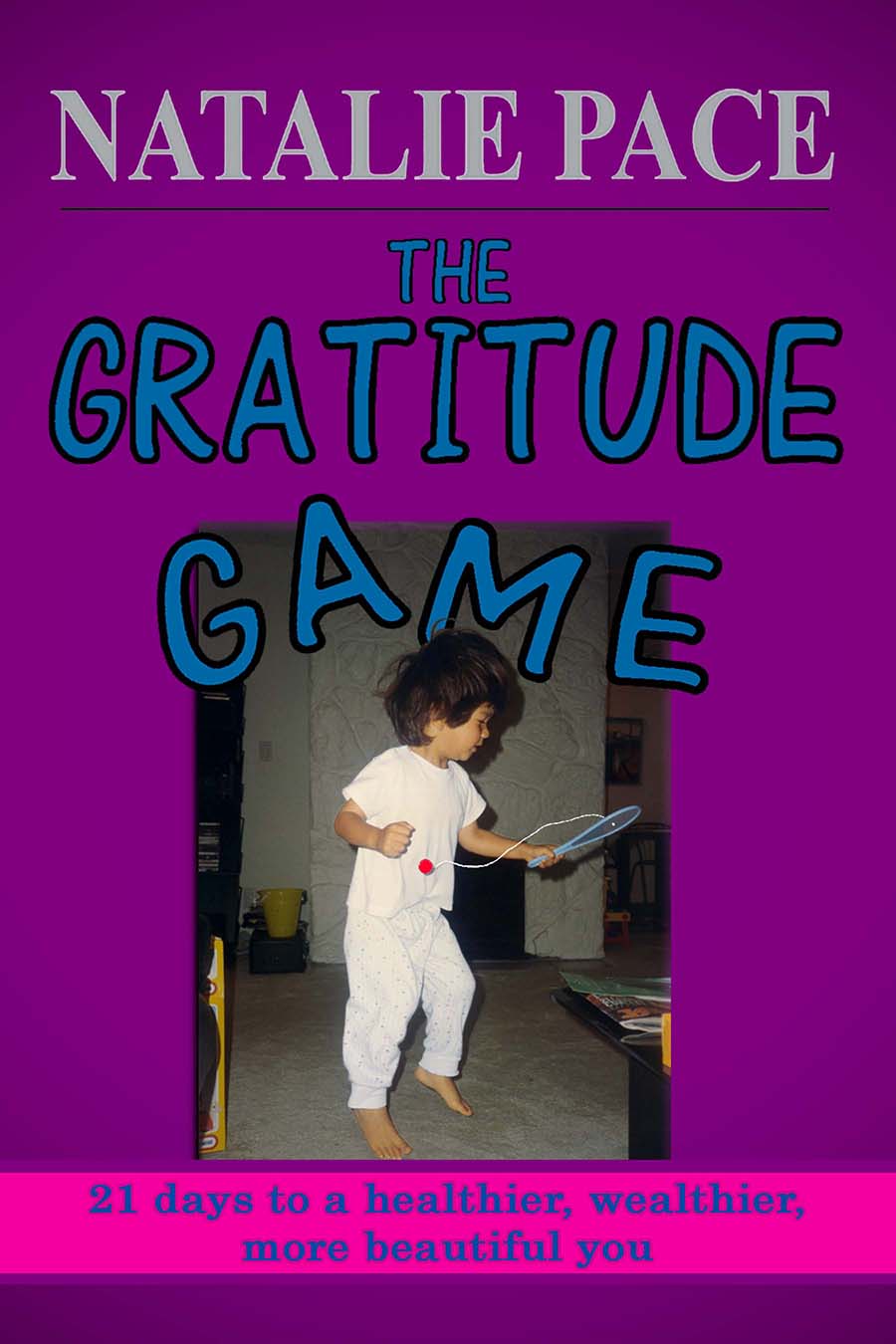

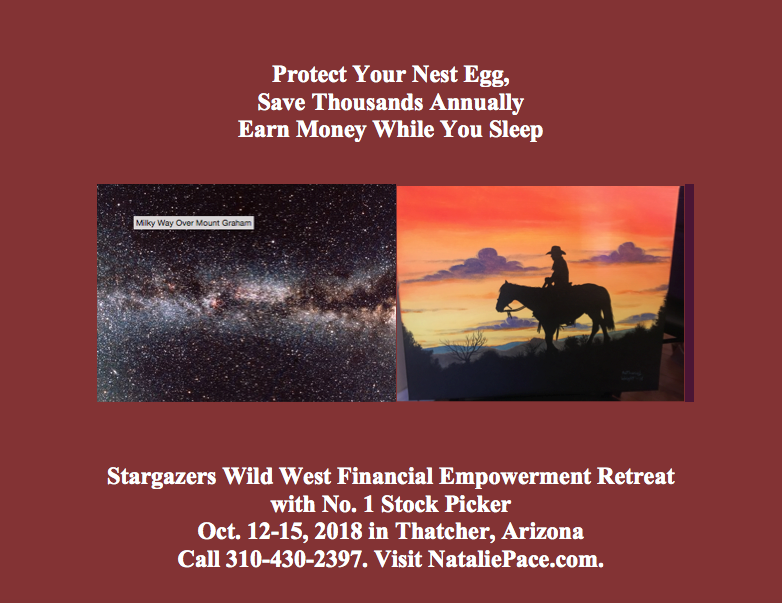

 RSS Feed
RSS Feed